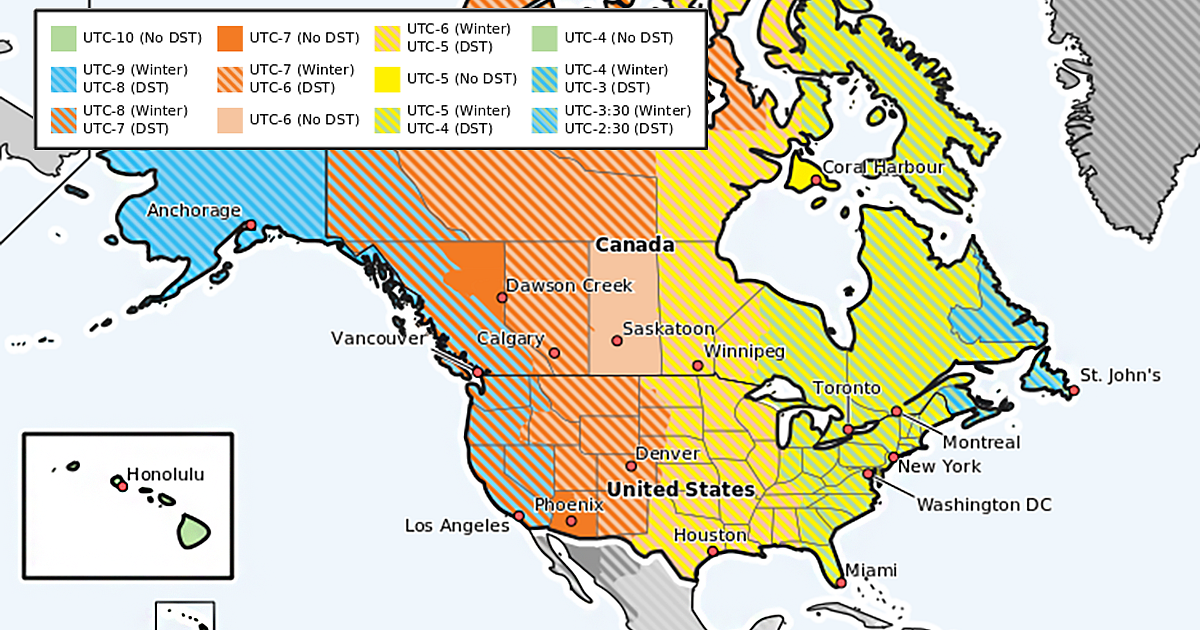
The United States is a vast and diverse country, spanning across six time zones. From the east coast to the west coast, each time zone has its unique characteristics and plays a crucial role in the country's overall functioning. In this article, we will delve into the world of US time zones, exploring the time zones map, current time, and the concept of Daylight Savings.
US Time Zones Map
The US time zones map is divided into six distinct zones: Pacific Time Zone (UTC-8), Mountain Time Zone (UTC-7), Central Time Zone (UTC-6), Eastern Time Zone (UTC-5), Alaska Time Zone (UTC-9), and Hawaii-Aleutian Time Zone (UTC-10). Each time zone is separated by one hour, with the exception of Alaska and Hawaii, which are separated by two hours from the contiguous United States.
The time zones are as follows:
- Pacific Time Zone (UTC-8): Includes states such as California, Oregon, and Washington
- Mountain Time Zone (UTC-7): Includes states such as Arizona, Colorado, and Utah
- Central Time Zone (UTC-6): Includes states such as Texas, Illinois, and Michigan
- Eastern Time Zone (UTC-5): Includes states such as New York, Florida, and Georgia
- Alaska Time Zone (UTC-9): Includes the state of Alaska
- Hawaii-Aleutian Time Zone (UTC-10): Includes the state of Hawaii
Current Time
To find the current time in a specific time zone, you can use an online world clock or a time zone converter. These tools allow you to enter the city or state you are interested in and provide the current time, taking into account any daylight saving adjustments.
For example, if it is 12:00 PM (noon) Eastern Time, it would be:
- 11:00 AM Central Time
- 10:00 AM Mountain Time
- 9:00 AM Pacific Time
- 8:00 AM Alaska Time
- 7:00 AM Hawaii-Aleutian Time
Daylight Savings
Daylight Savings Time (DST) is the practice of temporarily advancing clocks during the summer months by one hour so that people can make the most of the sunlight during their waking hours. In the US, DST typically begins on the second Sunday in March and ends on the first Sunday in November.
During DST, clocks "spring forward" by one hour in the spring, and "fall back" by one hour in the fall. This means that when it is 12:00 AM (midnight) on the day DST begins, clocks are set forward to 1:00 AM. Conversely, when it is 2:00 AM on the day DST ends, clocks are set back to 1:00 AM.
Not all states observe DST, however. Hawaii and most of Arizona (except for the Navajo Nation) do not follow DST, and instead remain on standard time year-round.
Understanding the US time zones map and current time is essential for individuals and businesses alike. Whether you are planning a trip, conducting international business, or simply want to stay in touch with friends and family across the country, knowing the time zones and how they work is crucial. By taking into account the concept of Daylight Savings, you can ensure that you are always on the right schedule, no matter where you are in the United States.
By following this guide, you will be well on your way to becoming a time zone expert, and navigating the complexities of US time zones with ease. Whether you are a seasoned traveler or just starting to explore the world of time zones, this comprehensive guide has got you covered.







